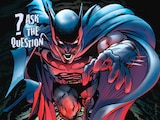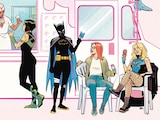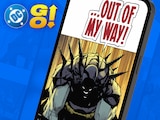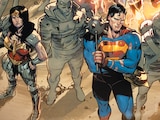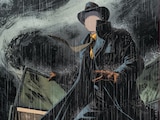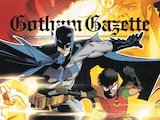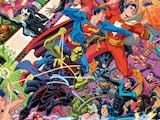A brand-new Batman #1 isn’t something that happens every day, but this month gave us one by the dream team of Matt Fraction and Jorge Jiménez. We’re also a few days away from this year’s Batman Day, which makes this the perfect time for reflection on our hero’s storied past—the cases, the partners, the enemies he’s amassed over 86 years. Speaking of Batman’s rogues, we’re sure it’s just a matter of time before we see the likes of Joker, Penguin and Two-Face in the new series…but what if Fraction and Jiménez decided to dig a little deeper? What if they surprised us with a deep, deep pull? Excited by this idea, we went way back into Batman’s pre-Crisis catalog to spotlight eight of Batman’s sadly forgotten foes who we’d be happy to see go another unexpected round with the Caped Crusader.
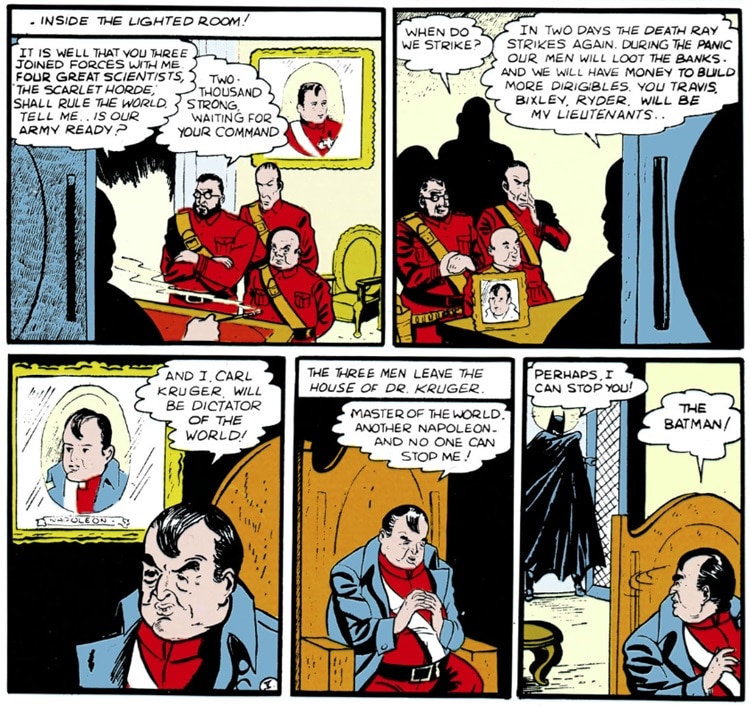

Professor Carl “Napoleon” Kruger
Seen In: Detective Comics #33 (1939)
Carl Kruger may not be the first villain to ever appear in a Batman story. That’s Alfred Stryker. Or the first recurring villain. That’s “Doctor Death.” Or even the first villain with a costume and superpowers. That would be the Mad Monk. All of those predate Kruger in Batman’s very early history. But in Detective Comics #33, the issue where we learn Batman’s Crime Alley origin story for the first time, Kruger represents a very important part of the Batman mythology falling into place: he is the first overtly criminally insane villain to appear in a Batman story.
Believing himself to be a modern Napoleon Bonaparte, Kruger escaped from a mental institution bent on a world domination campaign of his own. Arkham Asylum would be decades away, but it’s with Kruger that one of the most consistent patterns in Batman’s rogues gallery first emerges. Much has been said about how this pattern may be a problematic element of Batman history, but if we’re going to address that, at the very least, it would be neat to see Carl “Napoleon” Kruger around Arkham again.
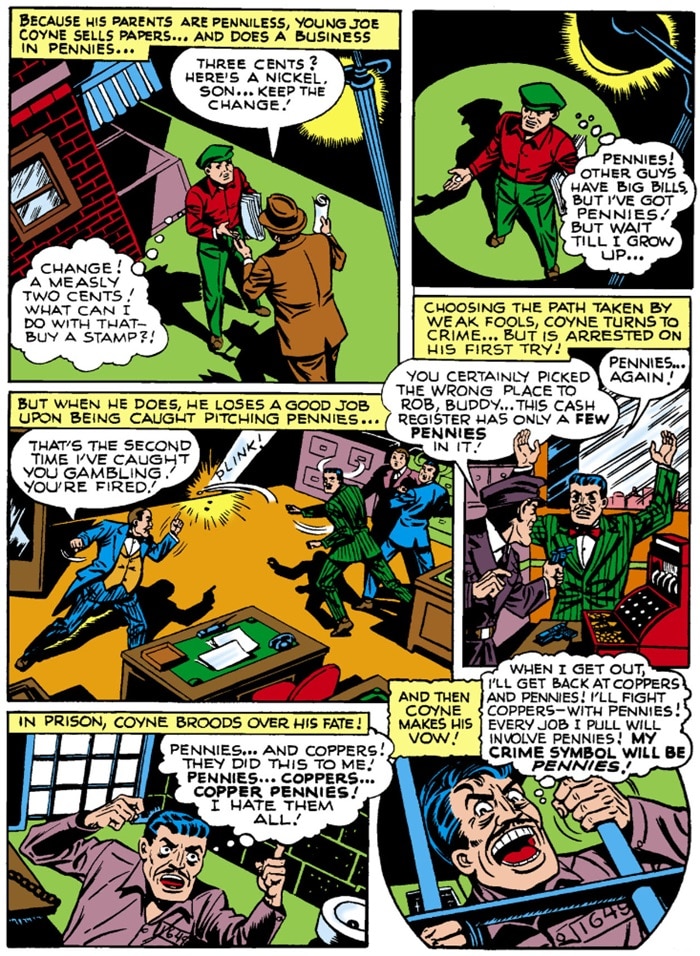

Penny Plunderer
Seen In: World’s Finest Comics #30 (1948)
One of the first questions any fan getting into Batman has is, “What’s the deal with the Batcave’s giant penny?” Some might tell you it’s a memorial of some half-remembered Two-Face caper from long ago, but that’s stolen valor. The original giant penny is a memento from the crime spree of Joe Coyne, a hard-luck criminal who found every misfortune in his life was owed to pennies. And thus, in one of the greatest monologues in Batman history, Coyne resolved that the humble penny would be the symbol of his crimes.
The world has forgotten, but Batman remembers. And you know what they say about bad pennies…they always turn up.
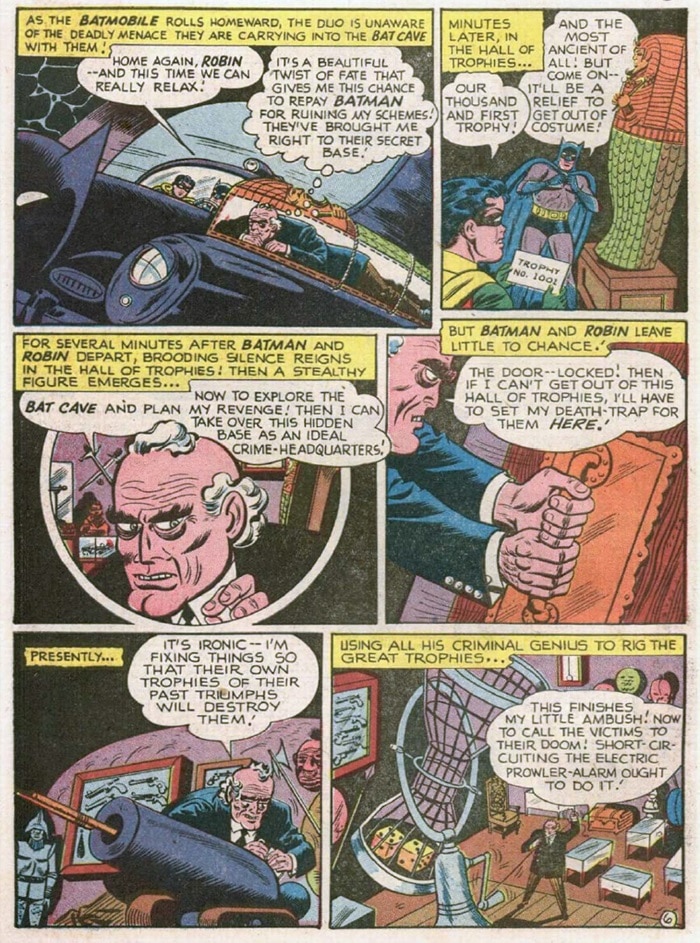

Dr. Doom
Seen In: Detective Comics #158 (1950)
For some reason, we’ve seen a lot of speculation online about what might happen in a showdown between Batman and this rather obscure villain from a single comic in the 1950s. Especially these days, people just seem fascinated with Doctor Doom, a figure who, as far as we know, appeared just one time as a criminal mastermind who managed to infiltrate the Batcave and rig Batman’s trophies into booby traps.
Doom’s penchant for trapmaking proved his own undoing in the end, so as far as we know, this matter is closed. We marvel to think why Doom is on everyone’s minds, especially since in his one appearance, he wasn’t even the victor.
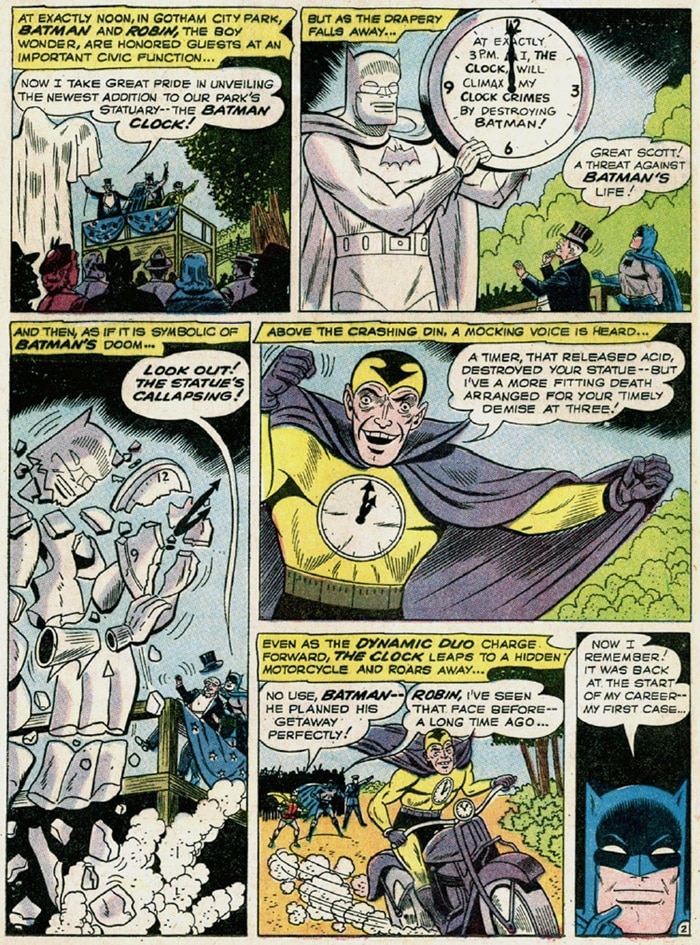

“Slugsy” Kyle, the Clock
Seen In: Detective Comics #265 (1959)
Remember what we said earlier about all of Batman’s first supervillains? Forget all that. This flashback issue presenting “Batman’s First Case” is—at least by the Silver Age standards—the true story of the first criminal Batman ever caught.
Donning his costume for the first time, Batman followed “Slugsy” Kyle from a silverware warehouse robbery back to his hideout and brought him to justice. It was years later, in the age of the supercriminal, that Kyle emerged in a new supervillain persona—and for forcing him to “do time,” Batman’s time was up. The Clock was Batman’s first case, and if he has his way, he will also be his last.
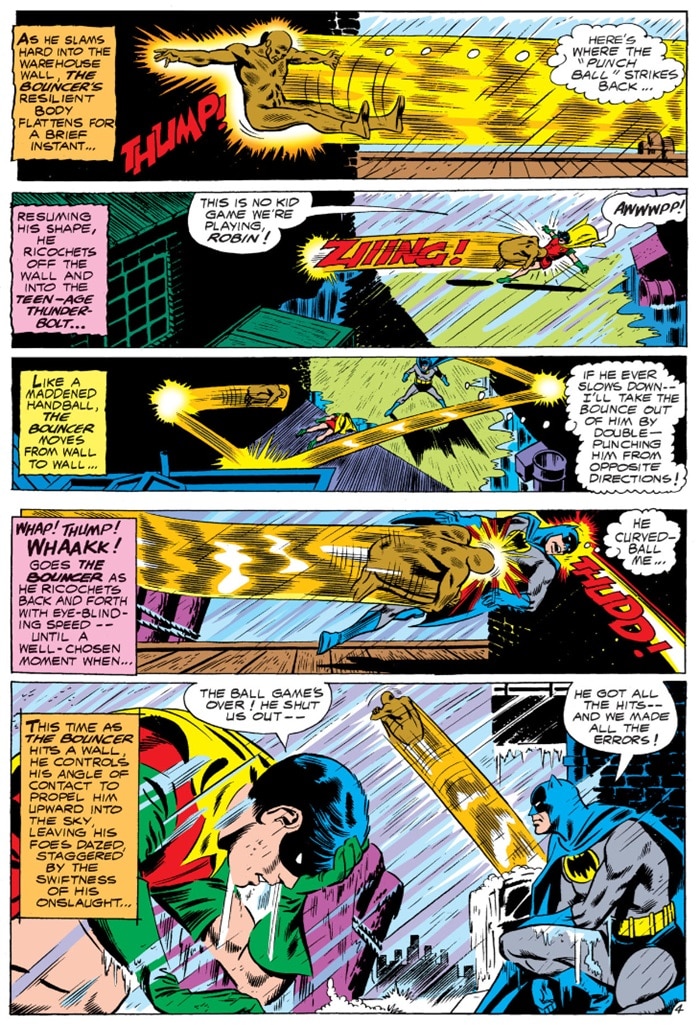

The Bouncer
Seen In: Detective Comics #347 (1966)
Hey, who’s everybody’s favorite member of the Legion of Super-Heroes? Don’t answer all at once. It’s obviously Bouncing Boy. Have you ever wished that the incredible power of bouncing was something you could see regularly in Batman’s criminal coterie? Well, that future is attainable!
In “The Strange Death of Batman,” writer Gardner Fox puts himself into the story to dream up a Batman villain so deadly that it would spell certain doom for the Dark Knight Detective. To this end, he devises a metallurgist who discovers a “plastalloy” which allows him to gain momentum as he bounces, using that ability for crime.
Like a ricocheting human bullet, the Bouncer brings Batman’s life to an end, catalyzing Robin’s quest for revenge. The Bouncer would eventually appear for real in a future story, as the henchperson of the very next villain on our list.
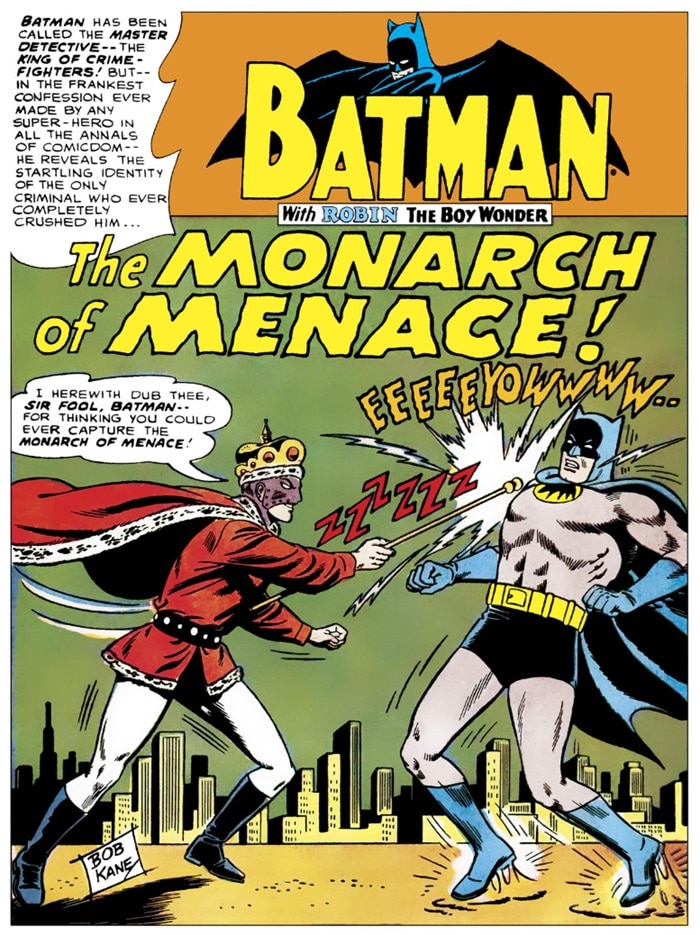

The Monarch of Menace
Seen In: Detective Comics #350 (1966)
Who on this list could be so formidable that even the Bouncer would have to pay deference? It’s time to bow down to the Monarch of Menace, the first real villain that not even Batman could beat.
In this Robert Kanigher story, Batman pontificates on the one king-themed criminal who would always elude Batman and Robin at every turn, retiring on top with his stolen fortunes to never be seen again. His eventual undoing only comes when his own, less competent son attempts to crown himself a second Monarch of Menace, refreshing the trail back to his father. Let that be a lesson in the perils of nepotism. But for his own run as a Batman foe, the Mighty Monarch was always undefeated.
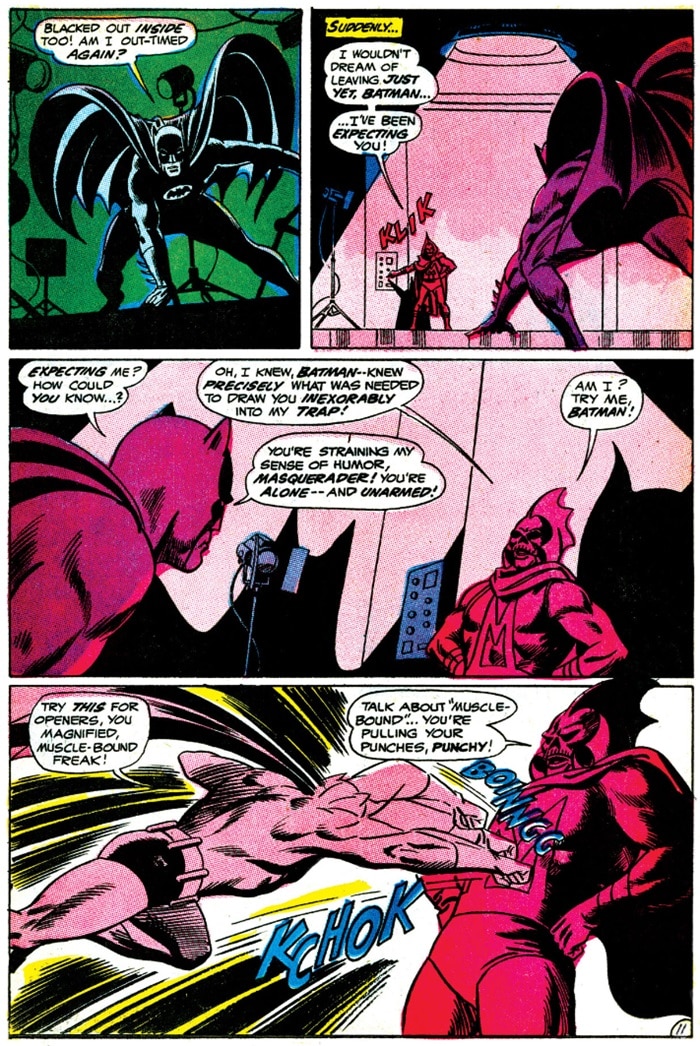

Masquerader
Seen In: Detective Comics #390 (1969)
Have you ever wondered where Batman gets all of his wonderful costumes? Surely the Dark Knight himself doesn’t spend his time between criminal bouts sewing. Who in the world is Batman’s tailor?
“If the Coffin Fits—Wear It” introduces us to Sam Tweed, the man behind all of Batman’s costumes, who turns to a life of crime when he feels his tireless work has gone unappreciated. As the Masquerader, only Tweed has the intimate knowledge of how to unravel Batman’s suits at every turn. As we continue to tinker with Batman’s suit into the present, maybe it’s time for the Masquerader to weigh in with his own fashion faux pas.
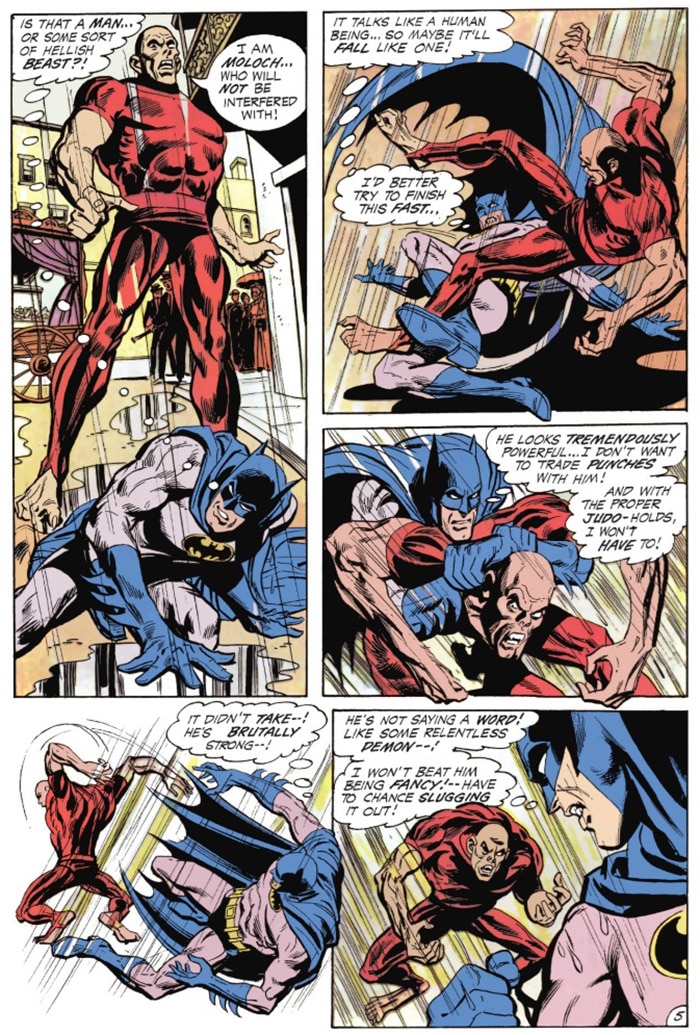

Rufus “Moloch” Macob
Seen In: Batman #224 (1970)
The Dark Knight was changed forever when Dennis O’Neil gave him his soul as a part of a moodier, more contemplative reset after the bombast of the Silver Age. His first published Batman story in Detective Comics #395, “The Secret of the Waiting Graves,” is usually considered the beginning of that vibe shift. But the first solo issue O’Neil ever wrote for Batman was actually this tale of a monstrous New Orleans crime lord. At the time, it was considered too dark by editor Julius Schwartz for Batman’s lighter tone, still coasting off his reputation from the Adam West TV portrayal. But when O’Neil’s vision proved a hit, the formerly rejected “Carnival of the Cursed” finally saw the light of day.
Years before Ra’s al Ghul, Moloch was the first opponent that O’Neil dreamed up for Batman. Could we see him or any of these classic criminals again? That’s unsure, but if we’ve learned anything over Batman’s eight-decade existence, it’s that crime never sleeps…and neither does a good criminal career.
DC’s annual celebration of the Dark Knight is back! Batman Day is Saturday, September 20th. Click here for the round up of what’s happening and drop by our Batman Day hub for more news, comics and features on Gotham City’s greatest hero.
Alex Jaffe is the author of our monthly "Ask the Question" column and writes about TV, movies, comics and superhero history for DC.com. Follow him on Bluesky at @AlexJaffe and find him in the DC Official Discord server as HubCityQuestion.
NOTE: The views and opinions expressed in this feature are solely those of Alex Jaffe and do not necessarily reflect those of DC or Warner Bros. Discovery, nor should they be read as confirmation or denial of future DC plans.




